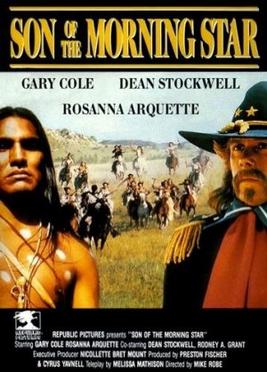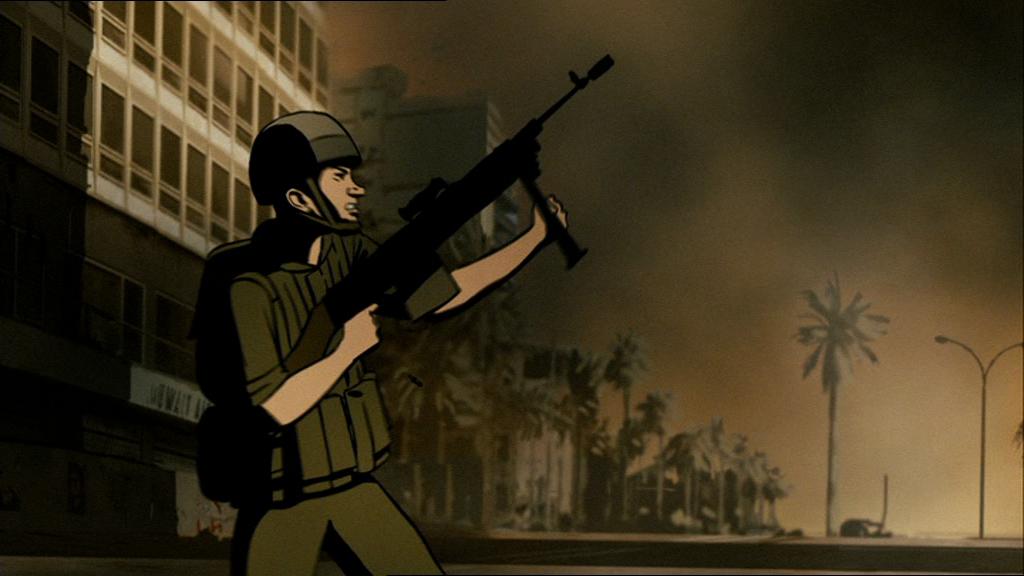SYNOPSIS: It covers the impact of the Vietnam War on some
working-class buddies who live in a Pennsylvania steel town. The first part depicts a traditional wedding
of one of them. Three of the friends go
to Vietnam and are captured by the Viet Cong and tortured. They eventually get away, but one stays in
Vietnam as the other two return home.
Michael (Robert DeNiro) goes back to try to find Nick (Christopher
Walken).
BACK-STORY: “The Deer Hunter” was
released in 1978 and was the first important major motion picture about the
Vietnam War. Its success marked the rise of the subgenre that
has produced some great war movies. Significantly, 1978 also saw the
releases of “Coming Home”, “The Boys in Company C”, and “Go Tell the
Spartans”. The movie was directed and co-written by Michael Cimino
and marked the peak of his career. He battled the suits to get his
vision on the screen and succeeded for the most part. The movie was
a big critical hit and did well at the box office. It was awarded
Oscars for Best Picture, Director, Supporting Actor (Christopher Walken), Editing,
and Sound. It was nominated for Actor (Robert De
Niro), Supporting Actress (Meryl Streep), Cinematography, and
Original Screenplay. It is ranked #53 on the most recent AFI’s
greatest movies list. The film was Streep’s first big movie role and
ironically, John Cazales’ last film. He was dying from cancer and
passed before he saw the finished product.
TRIVIA: wikipedia,
imdb, TCM
1. De Niro was a last minute replacement for Roy
Scheider who left because of creative differences.
2. John
Cazale was dying from terminal cancer.
When the studio wanted to drop him, Meryl Streep (who was in a
relationship with him) and Cimino threatened to drop out. Since he was uninsurable, De Niro paid the
insurance. nominated for Best Picture.
3. Streep’s role was enhanced after she was
cast. Cimino had her write her own
lines.
4. It was based on a script called “The Man Who
Came to Play” which was about Russian roulette in Las Vegas.
5. The scenes in Clairton were actually filmed
in eight different towns in four states.
6. The wedding scene lasts 51 minutes. Cimino originally claimed it would last 21
minutes. The Russian immigrants who were
the extras for the scene were asked to bring wrapped boxes as authentic looking
gifts. When production was over, the crew opened up the boxes and found actual
wedding gifts.
7. The deer (actually an elk) that Michael lets
go was later used in commercials for Connecticut Life.
8. The river Michael and Steven fall into was
the River Kwai. DeNiro and Savage did
their own stunt – fifteen times.
9. When Nick spits in Michael’s face, Walken
ad-libbed it and De Niro was not happy.
10. The slapping by the Viet Cong leader was for
real. Cimino cast an actor who hated
Americans
11. When Steven is in the cage and yells
“Michael, there’s rats in here”, it was Savage telling Cimino that there were
actual rats on the set.
12. De Niro has said that Michael’s visit to see
Steven in the hospital was the most emotional scene in his career. He also said the movie was the most
physically exhausting of all his movies.
13. When Michael puts the pistol to Stan’s head
to reenact Russian roulette, De Niro insisted on a bullet being in the
gun. Cazale insisted on checking the gun
before each take.
Belle and Blade = 2.5
Brassey’s =
4.0
Video Hound =
3.1
War Movies =
4.4
Military History = #29
Channel 4 =
#12
Film Site = no
101 War Movies
= yes
Rotten Tomatoes =
#30
OPINION: This is an extremely well-made
movie. The cinematography and acting keep you focused through the
slow moments. The interior shots are intimate, the exterior shots of
Clairton are industrially grimy. The hunting scenery is
breathtaking. The camera work is not pretentious. The
score is fine. The movie also has an eclectic mix of period songs.
The
acting could not be better. De Niro and Walken are electric from
their first appearance. This was Walken’s first major role and
seldom is it more obvious that you are watching the beginning of a great
career. Streep is Streep, of course. She wrote some of
her lines and the role was expanded because of her talent. The rest
of the cast is up to these three. Special mention has to be made of
John Cazales. It was tragic that this was his last film, but he went
out on top. As usual, he plays a dislikable character, but he makes
a good foil for Mike. Savage is kind of odd man out, but he gives a
sincere performance as the weakest of the “warriors”. The screenplay tends to be a little
heavy-handed. The themes are hammered in. War impacts not
just the warriors. There are different types of wounds – physical
and mental. Cimino comments on working class patriotism and male
bonding in a knowing way.
In
conclusion, “The Deer Hunter” is an important movie. It
opened the flood gate of Vietnam movies and still remains one of the
best. I think it is appropriately placed at #40 on the list of great
war movies.






